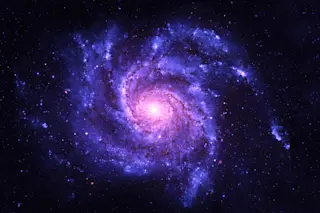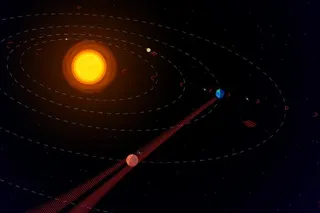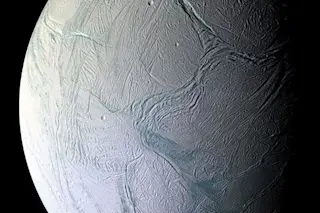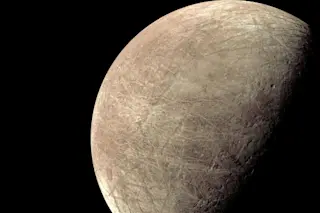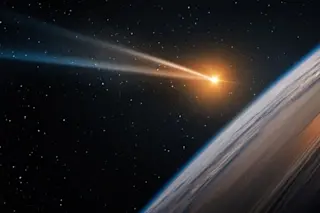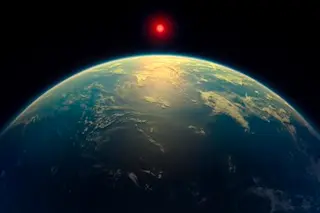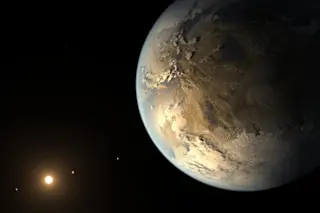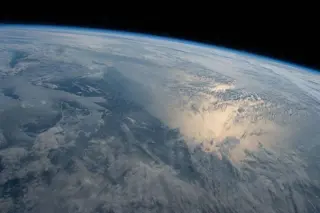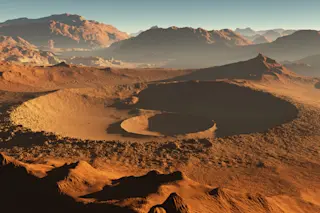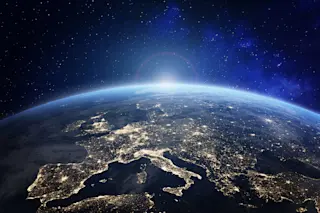The habitable zone is the region around a star where liquid water could exist on the surface of a planet. Earth is the primary example and various astronomers have suggested that planets like this around other stars would be good targets for the search of extraterrestrial life. In recent years, a number of interesting candidates have emerged from planet-hunting surveys.
But there is another set of factors that also determine the likelihood of life and these have been less well investigated. Back in 1983, the Soviet astronomers Leonid Marochnik and Lev Mukhin suggested that technological civilizations might be most likely to emerge in a “belt of life” around the center of our galaxy.
Other astronomers have since toyed with the idea of a “galactic habitable zone” where conditions are ripe for the emergence of life. This region is essentially a donut-shaped zone around the center of the galaxy, where life ...


